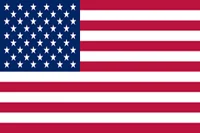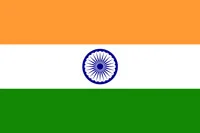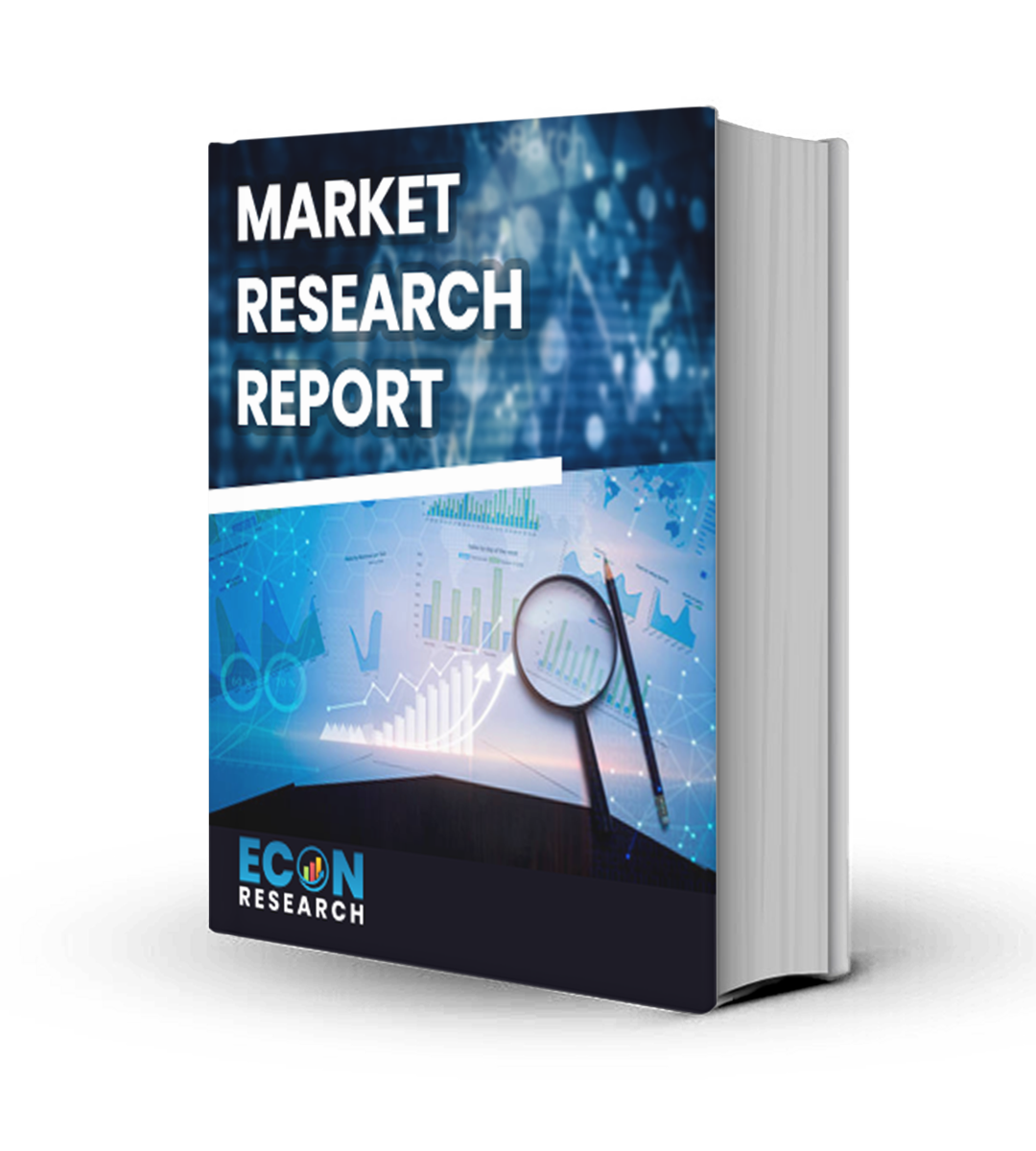Smart Packaging Market Size, Share, Trends, Growth, and Industry Analysis, By Type (Active Packaging, Intelligent Packaging, Modified Atmosphere Packaging), By Application (Food & beverage, Personal care, Automotive, Healthcare, Others), By Material (Solid, and Liquid), Regional Analysis and Forecast 2033.
STUDY PERIOD: 2019-2032
BASE YEAR: 2023
HISTORICAL DATA: 2019-2022
Global Smart Packaging Market size was USD 24.49 billion in 2024 and the market is projected to touch USD 41.76 billion by 2033, at a CAGR of 6.90% during the forecast period.
Smart packaging technologies include sensors, RFID, NFC, and QR, which enable packaging to send information both to the consumer and to the firm. Some of the smart packaging benefits include real-time monitoring, temperature tracking, product verification, but most importantly, consumer interaction. Smart packaging has revolutionized the food and beverages, pharmaceuticals, cosmetics, and consumer electronic industries in the sense that they have adopted newer and safer interactive packages for consumers.
The growth in demand for safety, the search for ways to make the supply chain more efficient, and a trend toward sustainability help fuel the growing market for smart packaging. Since additional companies seek product differentiation and enhancements in the consumer experience, smart packaging is becoming more acceptable. Moreover, smart packaging offers better management of the quality of products while being transported; this reduces waste as well as keeps products fresh for a longer period. The smart packaging market is expected to grow at a rapid pace in the years to come as awareness of environmental impact and technological advancements continue to evolve
Smart Packaging Report Scope and Segmentation.
|
Report Attribute |
Details |
|
Estimated Market Value (2024) |
USD 24.49 Billion |
|
Projected Market Value (2033) |
USD 41.76 Billion |
|
Base Year |
2024 |
|
Historical Year |
2018-2024 |
|
Forecast Years |
2024 – 2033 |
|
Scope of the Report |
Historical and Forecast Trends, Industry Drivers and Constraints, Historical and Forecast Market Analysis by Segment- Based on By Material, By Type, By Application, & Region. |
|
Segments Covered |
By Material, By Type, By Application, & By Region. |
|
Forecast Units |
Value (USD Million or Billion), and Volume (Units) |
|
Quantitative Units |
Revenue in USD million/billion and CAGR from 2024 to 2033. |
|
Regions Covered |
North America, Europe, Asia Pacific, Latin America, and Middle East & Africa. |
|
Countries Covered |
U.S., Canada, Mexico, U.K., Germany, France, Italy, Spain, China, India, Japan, South Korea, Brazil, Argentina, GCC Countries, and South Africa, among others. |
|
Report Coverage |
Market growth drivers, restraints, opportunities, Porter’s five forces analysis, PEST analysis, value chain analysis, regulatory landscape, market attractiveness analysis by segments and region, company market share analysis. |
|
Delivery Format |
Delivered as an attached PDF and Excel through email, according to the purchase option. |
Dynamic Insights
The key driver is the increased consumer demand for more comprehensive product information and experiential offerings. Technologies such as NFC and QR codes provide consumers with additional detailed product information or permit these consumers to follow the freshness of the product or participate in even interactive marketing that enhances brand loyalty and consumer satisfaction. Drivers in the current market include food safety and product traceability, most pertinent in food and beverage and pharmaceutical segments. Smarter solutions in packaging allow for real-time tracking of environmental conditions such as temperature and humidity ensuring that products reach transport and storage under optimal conditions.
The demand for sustainable, eco-friendly packaging is a strong growth driver. When organizations look to reduce waste and better their environmental footprint, the smart packaging solution of biodegradable materials and energy-harvesting sensors can connect with such objectives. The other trends that are supporting growth in this domain are the advances in RFID and IoT technologies, thereby making smart packaging cheaper to promote efficiency up and down the supply chain while reducing risks from counterfeits. However, the solutions face certain challenges such as high initial costs and privacy concerns of data collection, which are hindering their adoption across some regions.
Drivers Insights
- Increased Demand for Consumer Safety and Product Traceability
One of the most driving factors behind the growth of the smart packaging market is enhanced consumer safety and product traceability, particularly in food & beverage, pharmaceuticals, and healthcare industries. The introduction of smart packaging technologies-including RFID and sensors-into the market has enabled brands to track products from their production to consumption. As a result, real-time data about the conditions of the product, such as temperature and humidity, and their expiring dates are available. This traceability provides assurance that the products are safe and of quality at all levels in the supply chain. Smart packaging, for example plays an incredibly crucial role in pharmaceutical industries where product integrity is paramount. The safety of purchases would be of great concern to consumers, and the ability to assure authenticity and quality through such ways as smart packaging will ensure reliability in products.
- Consumer Demand for Interactive and Personalized Packaging
The growth of the smart packaging market is significantly impelled by rising consumer expectations for customized and engaging experiences. Instead of wanting a product, they want to communicate with the brand, understand where the product comes from, and interact with interactive content. Technologies such as QR codes and NFC tags include on packaging enable brands to provide richer content for consumers-including product information, loyalty programs, and augmented reality experiences- which enhance the consumer experience, build loyalty, and add to perceived value. Applying smart packaging, companies are able to create much more meaningful relationships with customers, improving repeat purchases and deepening consumer relationship.
Restraints Insights
- Privacy and Data Security Concerns
Smart packaging often leads to the collection of data from consumers about their purchasing behavior, location, and usage patterns of products. Such data can be valuable in providing insight for a company but has privacy and security concerns over personal data. Consumers may not readily use smart packaging if they feel that their personal information is retrieved without their permission or knowledge. In addition, companies collecting similar data will ensure they have the greatest security tools to withstand breaches. The fear of misuse of consumer's data can lead to pressure from regulatory bodies and litigation liability that may also curb smart packaging solutions adoption.
Opportunities Insights
- Growth in Demand for Sustainable Packaging Solutions
Increasingly, the relevance of smart packaging in contributing to sustainability efforts gains a robust appeal following rising environmental concerns. Smart packaging technologies that track environmental conditions can help to reduce waste and extend product shelf life by ensuring optimal storage and transport conditions. In addition, the development of biodegradable materials and eco-friendly packaging opens new avenues for the alignment of smart packaging with sustainability goals. Smart features integrated with the green packaging solution will be the significant competitive advantage that companies in this market area can boast. As governments and consumers are still asking for greening, smart packaging with a focus on environmentally friendly reduction presents realistic wide opportunities for growth for investors.
Segment Analysis
- By Material
The market has further categorized into two segments under Material, which comprises solid and liquid. For the most part, packaging of food, pharmaceutical, and consumer goods use solid materials because of their strength and manageability. Liquid intelligent packaging typically depends on distinct coatings or films to ensure freshness, monitor conditions, and safeguard contents integrity, and has a high utility in a large number of industries such as beverages and liquid pharmaceuticals. This material also contributes toward maintaining the quality of products and maximizing shelf life; the solid form provides structural stability, while the liquid form allows for more flexible and responsive solutions concerning moisture and environmental control.
- By Type
By Type, the market is divided into active, intelligent, and modified atmosphere packaging. Active packaging includes various technologies like oxygen scavengers, moisture scavengers, self-venting films, and ethylene scavengers/emitters, all designed to interact with the environment around the product to preserve its quality. Active packaging can also include temperature control packaging, carbon dioxide scavengers, and even flavor/odor absorbers, ensuring optimal conditions for a product throughout its lifecycle. Intelligent packaging, on the other hand, incorporates indicators, sensors (like biosensors and gas sensors), and data carriers such as RFID tags and barcodes, which provide real-time information on product conditions or location, allowing for better inventory management, traceability, and consumer interaction. Modified atmosphere packaging involves adjusting the gases surrounding a product to enhance freshness and shelf life, commonly used in the food and beverage industry.
- By Application
By Application, smart packaging is applied in various sectors; food and beverages, personal care, automotive, healthcare, etc. Smart packaging solutions in the food and beverage industry ensure freshness for a product, quality monitoring, and higher consumer involvement due to features like temperature monitoring and interactive labeling. It assures the integrity of personal care products, such as cosmetics and toiletries. At times, with these categories, smart packaging is applied in preventing counterfeits and more so in creating a better experience for customers. In the automobile line, smart packaging transports components safely while providing data about the conditions of sensitive parts. In the healthcare sector, smart packaging has the most important role to play in ensuring the safety and efficacy of pharmaceutical products-from tamper-proof packaging and monitoring the environment.
Regional Analysis
North America is the market leader, holding a major share due to the leadership of most of the players in the packing industry, technological advancements, and the huge demand for innovative solutions of packaging by consumers. Among these regions, the United States has emerged as the biggest contributor driven primarily by the increasing adoption of smart packaging in food & beverage, pharmaceuticals, and consumer electronics segments. High investments in research and development, coupled with increased awareness of sustainability and product safety, contribute to the growth of the market for smart packaging in this region.
Europe is also a major market size in the worldwide geography with Germany, the UK, and France being the key geographies. The primary drivers in European markets are regulatory requirements of traceability for products and their safety; especially for food and beverages, as well as pharmaceuticals. In Europe, sustainability and environmentally friendly packaging solutions become the key drivers because consumers and businesses seek and demand such alternatives. The European market enjoys the presence of leading global packaging manufacturers and also has a relatively high awareness of consumers for product safety and quality.
Market in Asia-Pacific is growing rapidly primarily because smart packaging solutions are in huge demand in the emerging economies of China and India. The increase in disposable incomes and increasing consumption of packaged food, beverages, and pharmaceuticals lead to the adoption of smart packaging technologies. Growth momentum in the region is also seen in e-commerce, which increases the need for smart packaging solutions that can trace products and offer high customer engagement. In Latin America and Middle East & Africa, a moderate rate of growth can be expected with growing awareness of the advantages of smart packaging and slow uptake across different industry sectors. However, high initial investment and regulatory barriers hold some ground for both regions.
Competitive Landscape
Major companies that operate in the market for smart packaging include Amcor, Sealed Air Corporation, BASF, Mondi Group, and Tetra Pak. With their extensive portfolios, they are proposing extensive smart packaging solutions. Such major companies are investing in research and development and strategic partnerships and acquisitions to expand their portfolios. Focus area for their innovation: RFID, NFC, QR codes in packaging will come to be a more interactive, sustainable solution. Eco-friendly smart packaging materials will be part of the special area where it is heavily involved as concern among rising consumer and regulatory demands for sustainability grows.
Apart from large packaging companies, certain technology-focused firms, such as Thinfilm Electronics, Zebra Technologies, and Smartrac Technology, are, therefore adding competitive dimensions in their arena by leveraging sophisticated sensors, data carriers, and intelligent packaging solutions. Such players have huge opportunities by leveraging advancements in the internet of Things (IoT), Radio Frequency Identification (RFID), and sensor technologies to provide products that can improve tracking, monitoring, and engagement with consumers. As e-commerce and consumer demand for real-time product information and safety increase, so too are these technology providers looking to strengthen their positions through solutions that will both enhance supply chain management and product integrity.
New market entrants and start-ups on smart packaging innovations, providing niche products: temperature-sensitive packaging, moisture-controlled packaging, anti-counterfeit solutions, etc. Most of the entrants here are funding emerging technology and flexible business models for niche industry needs.
List of Key Players:
- Ball Corporation
- Sysco Corporation
- Avery Dennison Corporation
- Stora Enso
- Zebra Technologies Corp. (Temptime Corporation)
- BASF SE
- International Paper
- R.R. Donnelley & Sons Company
- Crown
- 3M
Recent Developments:
- In April 2022, Sealed Air unveiled prismiq™, a digital packaging brand offering a range of solutions including design services, digital printing, and smart packaging. In May 2021, BASF became a member of the Digital Watermark Initiative “HolyGrail 2.0”, a collaborative effort focused on advancing smart packaging recycling.
Global Smart Packaging Report Segmentation:
|
ATTRIBUTE |
DETAILS |
|
By Material |
|
|
By Type |
|
|
By Application |
|
|
By Geography |
|
|
Customization Scope |
|
|
Pricing |
|
Objectives of the Study
The objectives of the study are summarized in 5 stages. They are as mentioned below:
- Global Smart Packaging size and forecast: To identify and estimate the market size for global Smart Packaging market segmented By Material, By Type, By Application, and by region. Also, to understand the consumption/ demand created by consumers between 2024 and 2033.
- Market Landscape and Trends: To identify and infer the drivers, restraints, opportunities, and challenges for global Smart Packaging
- Market Influencing Factors: To find out the factors which are affecting the market of global Smart Packaging among consumers.
- Company Profiling: To provide a detailed insight into the major companies operating in the market. The profiling will include the financial health of the company's past 2-3 years with segmental and regional revenue breakup, product offering, recent developments, SWOT analysis, and key strategies.
Frequently Asked Questions
Request For Table of Content
Research Methodology
Multi-report Purchase Plan
A Customized Plan Will be Created Based on the number of reports you wish to purchase
InquireRelated Reports
Client Testimonials
“We value your excellent customer service, promptness in responding, flexibility in customizing reports, and pleasant manner in general. ”
June S. Lee - SBIC/SBP&T Co.,Ltd
“The study and the services provided by Econ Research have more than met my expectations. The study has good depth and breadth and was reasonably priced. Instant responses to my questions delighted me, and the project went off without a hitch. When I require information about a different industry to help my clients, Econ Research would be the first market research firm I would get in touch with.”
Dan Dybus - AlixPartners


